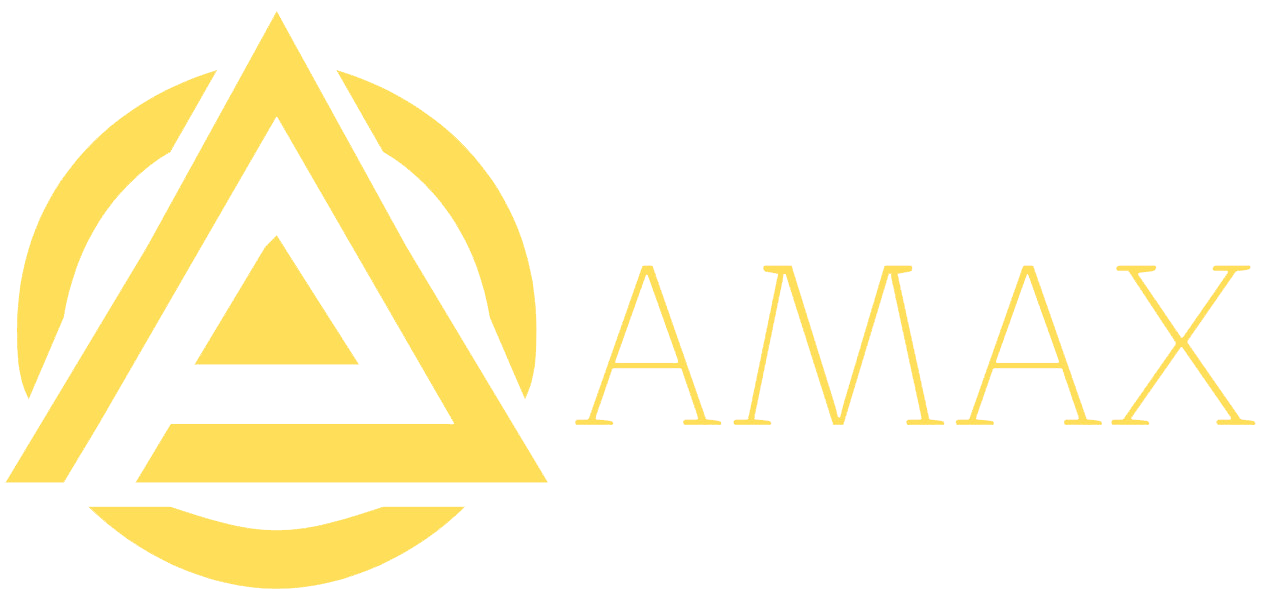The Origins of the Laughing Buddha
In the world of casinos and slot games, you may have come across a character known as the Laughing Buddha, often depicted with a gentle smile and a bowl of fish in his lap. But what does this enigmatic figure represent? The answer lies in ancient Buddhist mythology, Laughing Buddha which has been passed down through centuries and adapted into various forms of art, literature, and even entertainment.
The Laughing Buddha, also known as Budai or Hotei, is an iconic figure in Chinese Buddhism. He is often depicted as a rotund monk with a kind face and a mischievous grin. His name translates to "cloth sack" in Chinese, which refers to the bag he carries over his shoulder, said to contain precious teachings and wisdom.
Buddhist Teachings and Symbolism
To understand the symbolism behind Laughing Buddha’s depiction, it is essential to delve into the Buddhist principles that surround him. In Buddhism, there are three main types of suffering: physical, mental, and spiritual. The Laughing Buddha represents the path to spiritual liberation from these sufferings.
One key aspect of the Laughing Buddha’s symbolism is his connection to the concept of " Prajna," or wisdom. According to Buddhist teachings, Prajna is a state of consciousness that transcends conceptual thinking and intellectual understanding. It is a direct experience of reality, unmediated by ego, preconceptions, or conditioning.
The Laughing Buddha’s gentle smile and serene demeanor convey the idea of being free from worldly attachments and desires. He embodies the ideal of equanimity, which means maintaining a balanced state of mind in all circumstances.
Comparative Mythology and Symbolism
Similar figures can be found in other Eastern cultures, such as Japan’s Miroku Bosatsu and Korea’s Seokga Taeung. However, the Laughing Buddha has been most extensively depicted and revered in Chinese culture, particularly during the Song Dynasty (960-1279 AD).
In this context, it is essential to note that the Laughing Buddha is not considered a historical figure but rather an idealized representation of Buddhist teachings. His story serves as a metaphor for spiritual growth and self-realization.
Evolution of the Laughing Buddha
Over time, the Laughing Buddha’s image has been modified and adapted in various ways, reflecting changing cultural values and artistic styles. In Chinese art, he is often depicted with a prominent belly, symbolizing his love for good food and drink. This aspect has led some to equate him with a more indulgent deity, rather than an ascetic monk.
In Japan, the Laughing Buddha is associated with the concept of "Ikkyu," or non-duality. He is said to embody the state of being where one experiences reality without distinction between subject and object, self and other.
The Laughing Buddha in Modern Media
Today, the Laughing Buddha can be found in numerous casinos and slot games around the world. His image is often used as a theme or logo for various entertainment ventures. The reasons behind this widespread use of his iconography are multifaceted:
- Marketing strategy : Casinos and game developers aim to create an inviting atmosphere by incorporating elements from diverse cultures, including Asian philosophies.
- Feng Shui : In some cases, the Laughing Buddha is used as a way to attract positive energy (chi) in gaming establishments. By placing his image in strategic locations, owners hope to increase profits and customer satisfaction.
- Cultural sensitivity : Many casinos attempt to cater to diverse clientele by incorporating culturally relevant themes and imagery.
Conclusion
The Laughing Buddha’s symbolism is deeply rooted in ancient Buddhist teachings and has been adapted through the centuries into various forms of art, literature, and entertainment. By understanding the significance behind this enigmatic figure, we gain insight into the values and principles that have guided Eastern cultures for millennia.

